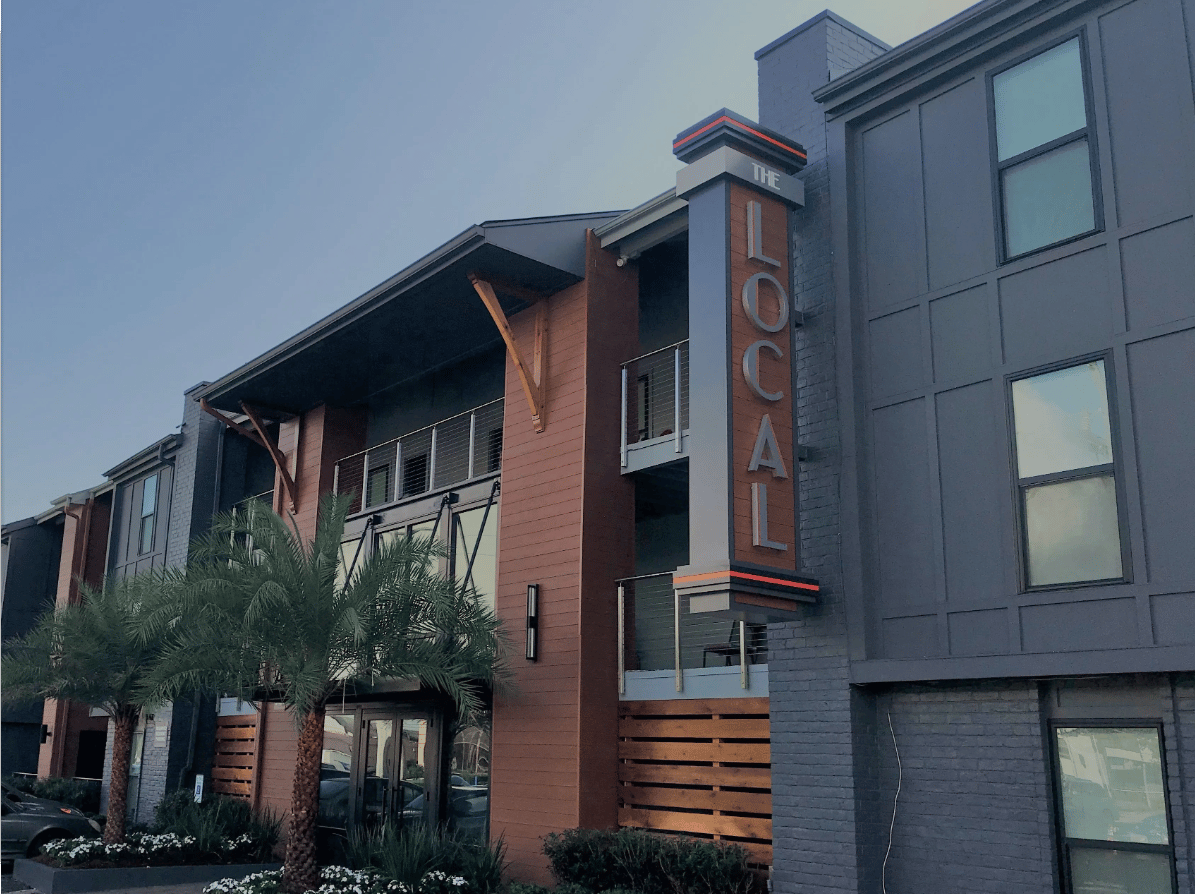- Property Management Brief
- Posts
- PESTEL Analysis
PESTEL Analysis

Good morning!
This week, I’ve been catching up on work after the holidays while enjoying moments with family as we settle into 2025. It’s a fresh start, full of possibilities, and I’m excited about everything we’ll accomplish together this year.
— Lucas Robinson, Founder & CEO at BudgetMailboxes.com
🎯 This Week’s Strategy:
PESTEL Analysis
🤝 Boardroom Brief:
North New Orleans Multifamily Community Sells for $18M
Strategy
🎯 PESTEL Analysis
PESTEL Analysis is a framework for evaluating external factors that impact an organization. It examines six key areas: Political, Economic, Social, Technological, Environmental, and Legal influences. For property managers, this analysis can help anticipate challenges, uncover opportunities, and adapt strategies to external changes, ensuring long-term success.
Implementing PESTEL Analysis in Property Management
1. Political Factors
Evaluate government policies and regulations affecting property management. Consider:
Changes in housing laws or rent control policies.
Tax incentives for sustainable buildings.
Local government initiatives affecting zoning or property usage.
Action Step: Stay updated on legislative changes and actively engage with industry groups to influence policy discussions.
2. Economic Factors
Analyze economic trends influencing your properties, such as:
Interest rates affecting mortgages and investment opportunities.
Inflation impacting operating costs.
Market demand for rental properties.
Action Step: Regularly review market reports and adjust rental pricing or budgets accordingly.
3. Social Factors
Understand shifts in tenant demographics and preferences:
Demand for flexible leases or co-living spaces.
Increased interest in wellness amenities like gyms or green spaces.
Cultural considerations in diverse communities.
Action Step: Conduct tenant surveys to align property features and services with emerging trends.
4. Technological Factors
Adopt technology to enhance operational efficiency and tenant satisfaction:
Smart building solutions like automated HVAC systems.
Property management platforms for maintenance and communication.
Tenant portals for rent payments and service requests.
Action Step: Pilot new technologies to measure ROI and improve the tenant experience.
5. Environmental Factors
Prioritize sustainability to meet growing expectations for eco-friendly properties:
Energy-efficient building designs and renewable energy installations.
Compliance with environmental standards like LEED certifications.
Waste reduction programs in multi-family housing.
Action Step: Implement green initiatives to attract environmentally conscious tenants and reduce operating costs.
6. Legal Factors
Stay compliant with laws governing property management:
Landlord-tenant agreements and eviction procedures.
Accessibility requirements under ADA.
Liability issues related to safety and maintenance.
Action Step: Conduct regular legal reviews with an attorney to ensure all practices align with current regulations.
Why PESTEL Analysis Matters for Property Managers
Proactive Strategy: Helps identify potential threats and opportunities before they impact your operations.
Informed Decision-Making: Guides adjustments in policies, pricing, and services to match market realities.
Competitive Advantage: Positions you as an adaptive, forward-thinking property manager in a dynamic market.
By conducting regular PESTEL analyses, property managers can future-proof their portfolios and deliver exceptional value to tenants and stakeholders.
The Real Estate Professional’s Secret Weapon - Land id™
Discover extensive nationwide private parcel & ownership data
Create & share powerful, interactive maps of any property
Mobile Apps: Find property data on the go
Boardroom Brief
North New Orleans Multifamily Community Sells for $18M

The Local on Severn, a 161-unit multifamily community in Metairie, Louisiana, recently sold for $17.6 million to a Texas-based property management group. Originally built in 1974 and spanning 3 acres, the pet-friendly property features studio to three-bedroom apartments, ranging from 312 to 2,054 square feet. Amenities include two pools, a fitness center, courtyards, and 192 parking spaces. Conveniently located near Interstate 10, the property offers easy access to the New Orleans metro area. This sale marks a significant transaction in the region, with the property last trading for $10.8 million in 2018. The seller, Audubon, continues its local development efforts, including a new 270-unit project nearby. This transaction highlights ongoing investor interest in New Orleans' multifamily market.
Game
🎉 Fun Finale: Play & Poll
What is the smallest unit of living matter that can exist on its own?(Tap on your answer) |
Smarter Investing Starts with Smarter News
The Daily Upside helps 1M+ investors cut through the noise with expert insights. Get clear, concise, actually useful financial news. Smarter investing starts in your inbox—subscribe free.

